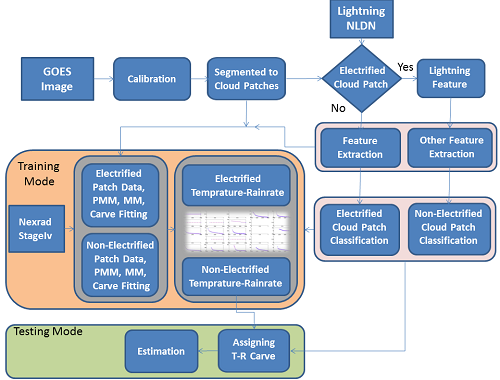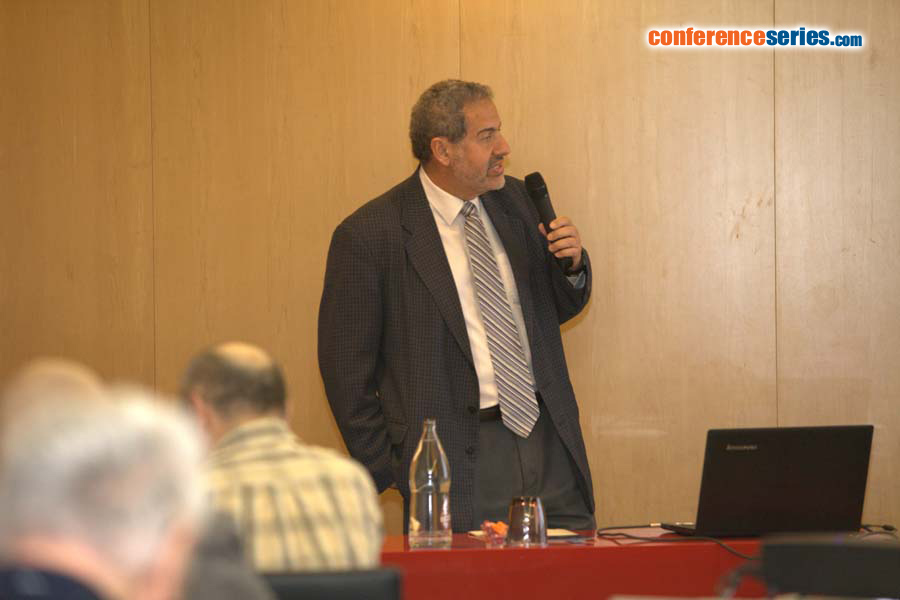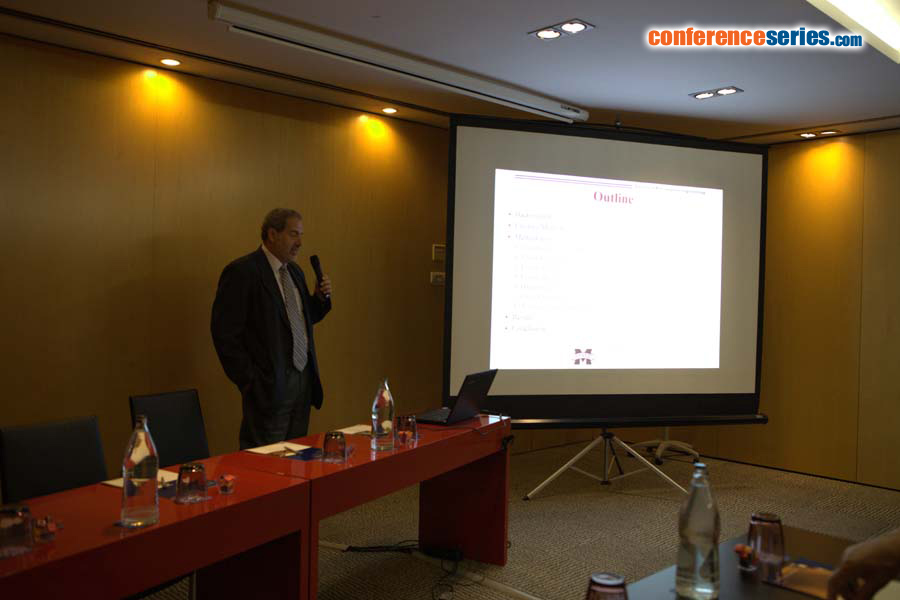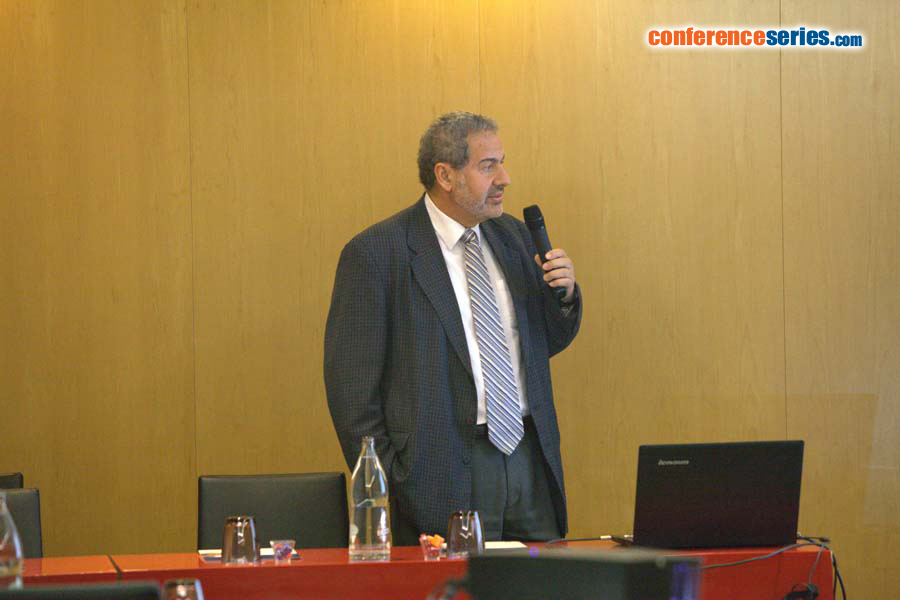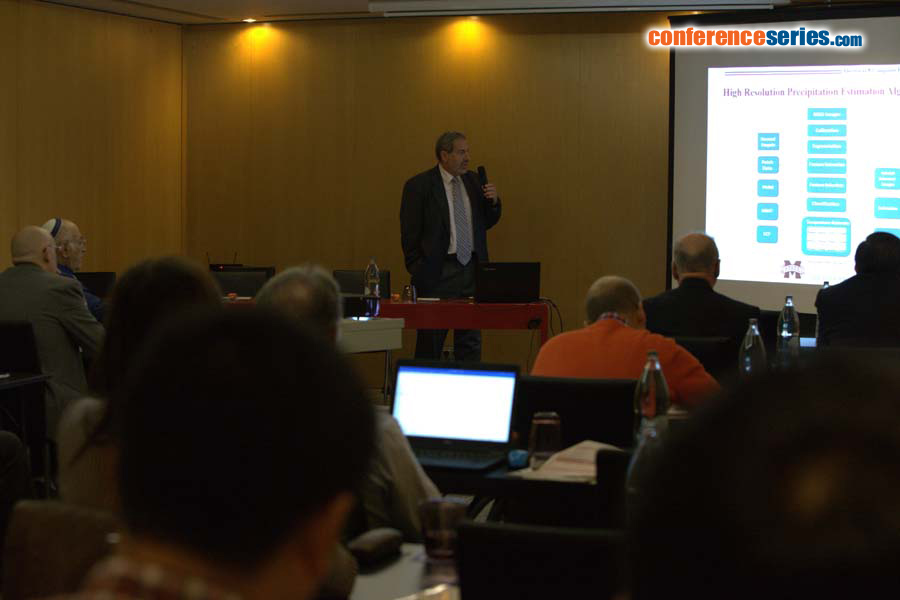
Nicolas H. Younan
Mississippi State University
USA
Title: High resolution Satellite precipitation estimation based on cloud classification
Biography
Biography: Nicolas H. Younan
Abstract
Satellite precipitation estimation at high spatial and temporal resolutions is beneficial for research and applications in the areas of weather, flood forecasting, hydrology, and agriculture. In this presentation, we incorporate advanced image processing and pattern recognition tools into the Precipitation Estimation from Remotely Sensed Information using Artificial Neural Networks Cloud Classification System (PERSIANN-CCS) methodology to enhance satellite precipitation and rainfall estimation. The enhanced algorithm incorporates five main steps to derive precipitation estimates: 1) segmenting the satellite infrared cloud images into patches, 2) extracting features from the segmented cloud patches, 3) feature selection or dimensionality reduction, 4) categorizing the cloud patches into separate groups, and 5) obtaining a relationship between the brightness temperature of cloud patches and the rain- rate (T-R) for every cluster. In addition to the features utilized for cloud patch classification, wavelet and lightning features are also extracted. Both feature selection and dimensionality reduction techniques are used to reduce the dimensionality as well as diminish the effects of the redundant and irrelevant features. A variety of feature selection techniques, such as Feature Similarity Selection and a Filter-Based Feature Selection using Genetic Algorithm are examined and the Entropy Index (EI) fitness function is used to evaluate the feature subsets. Furthermore, Independent Component Analysis was examined and compared to other linear and nonlinear unsupervised dimensionality reduction techniques to reduce the dimensionality and increase the estimation performance. The results show that the enhanced algorithm incorporating the above techniques improves precipitation estimation.
